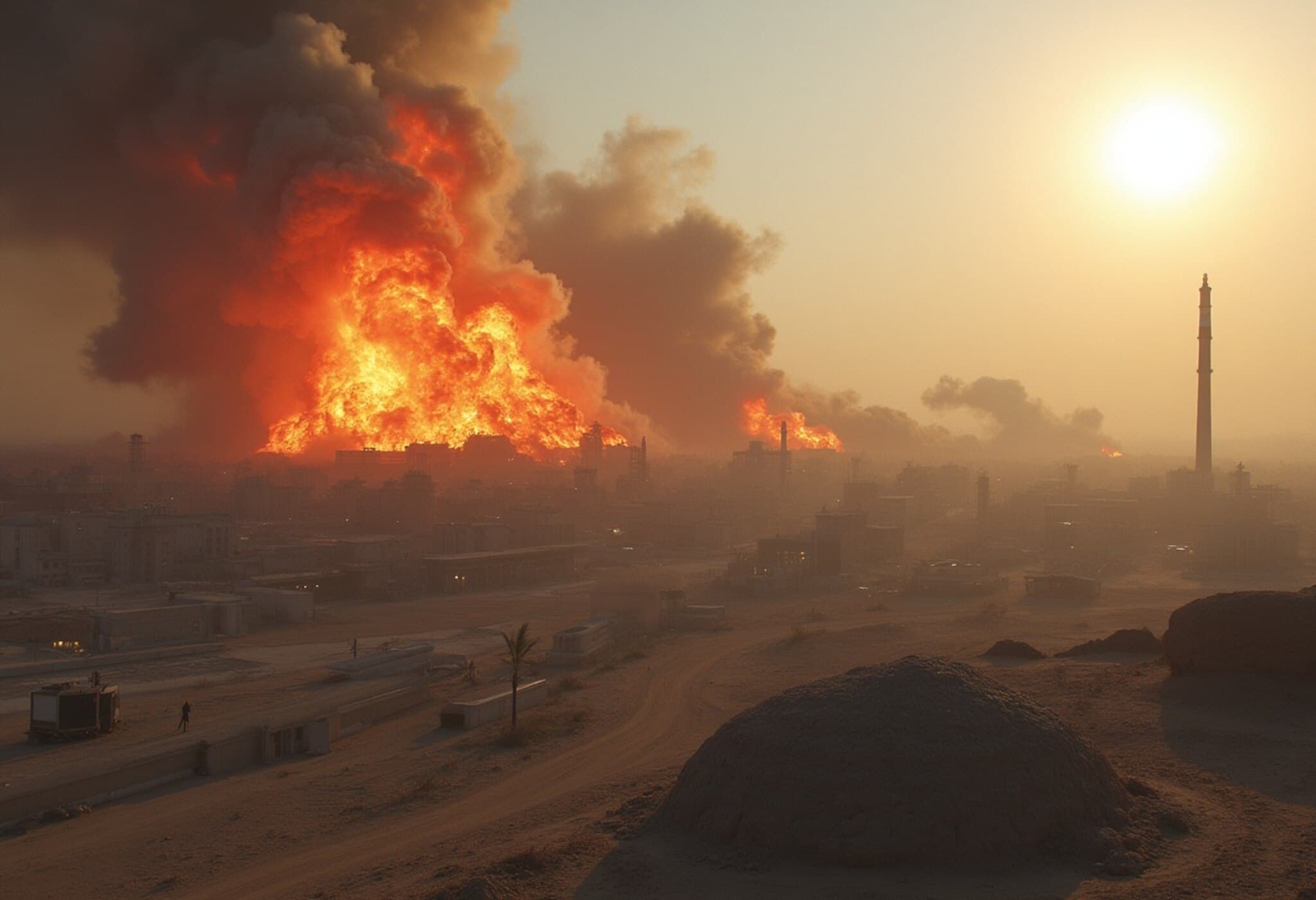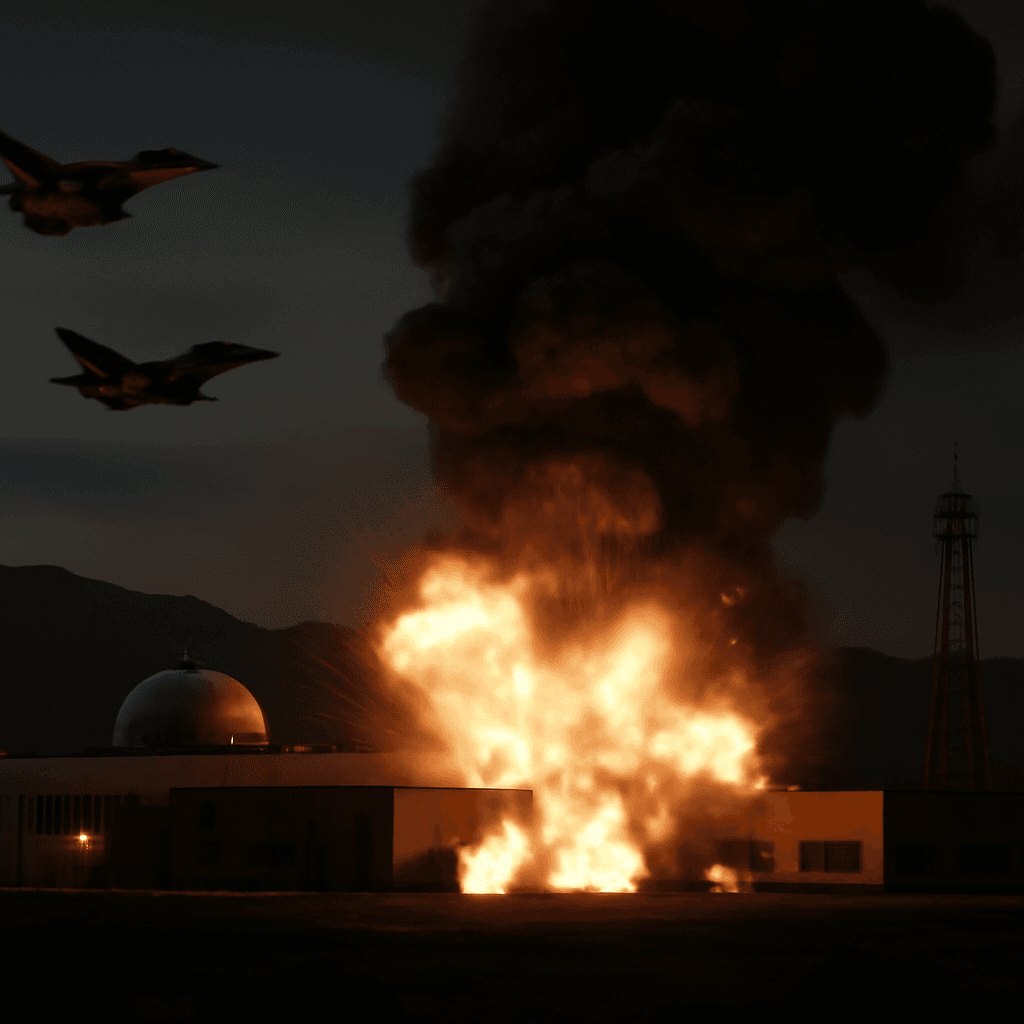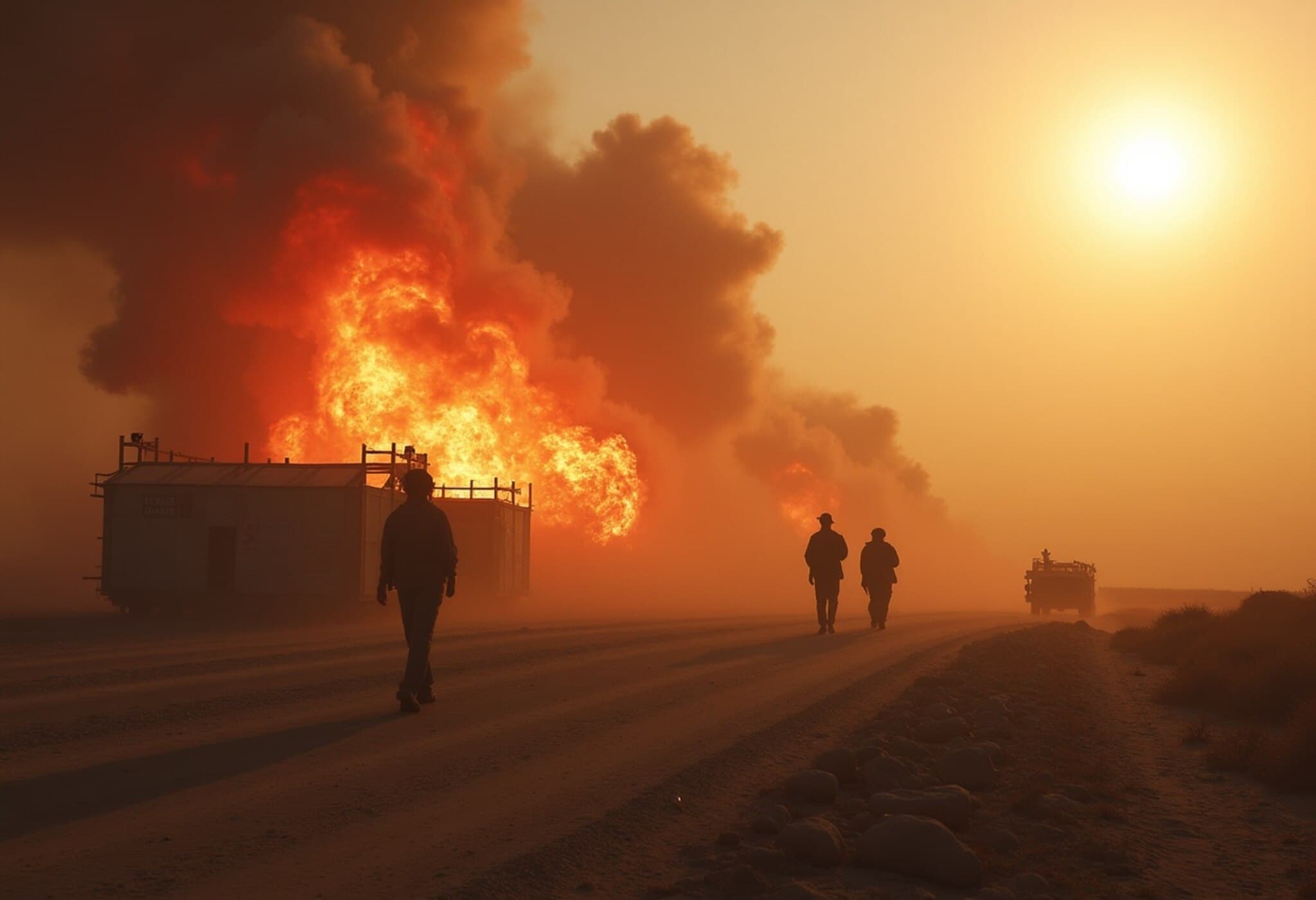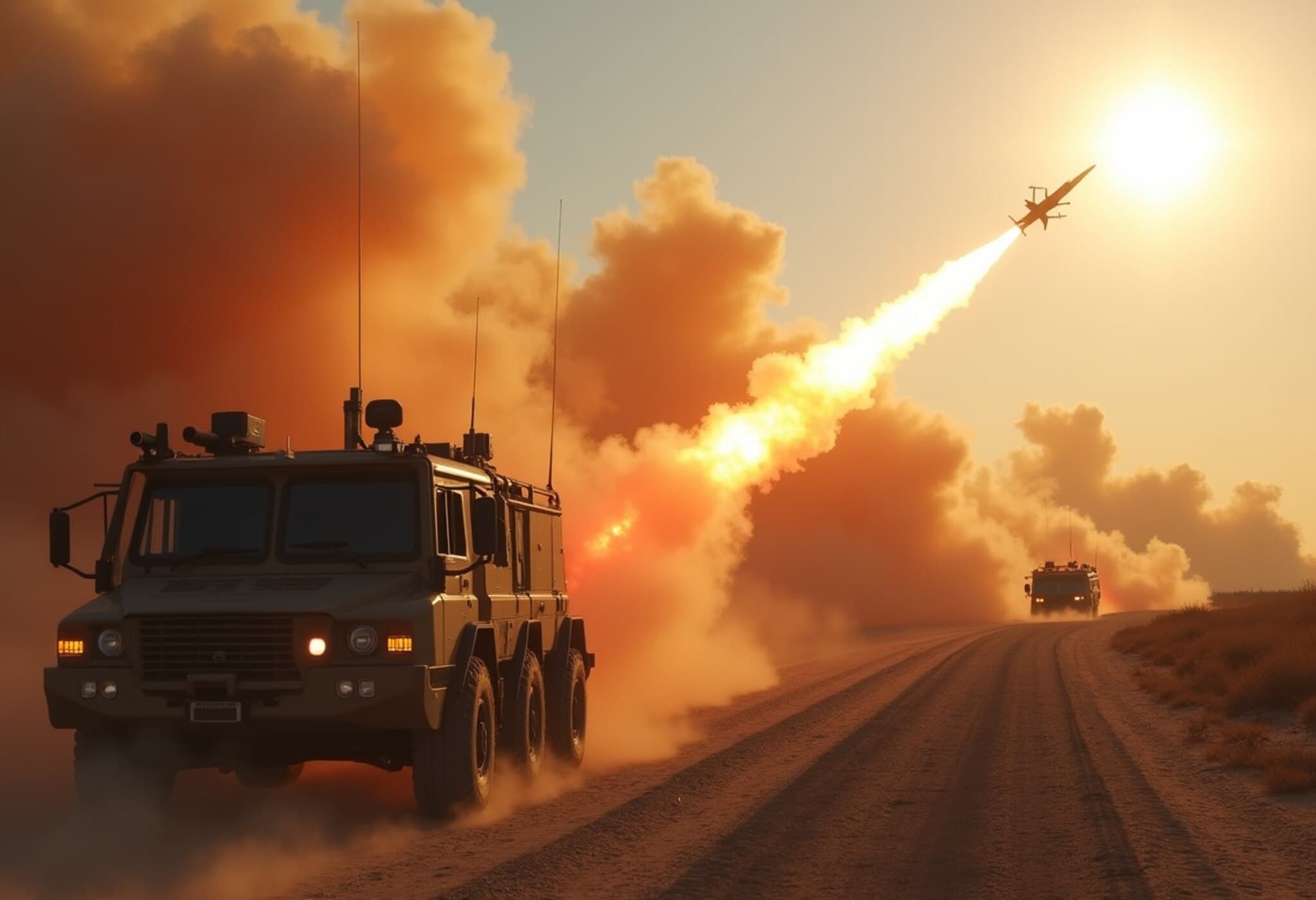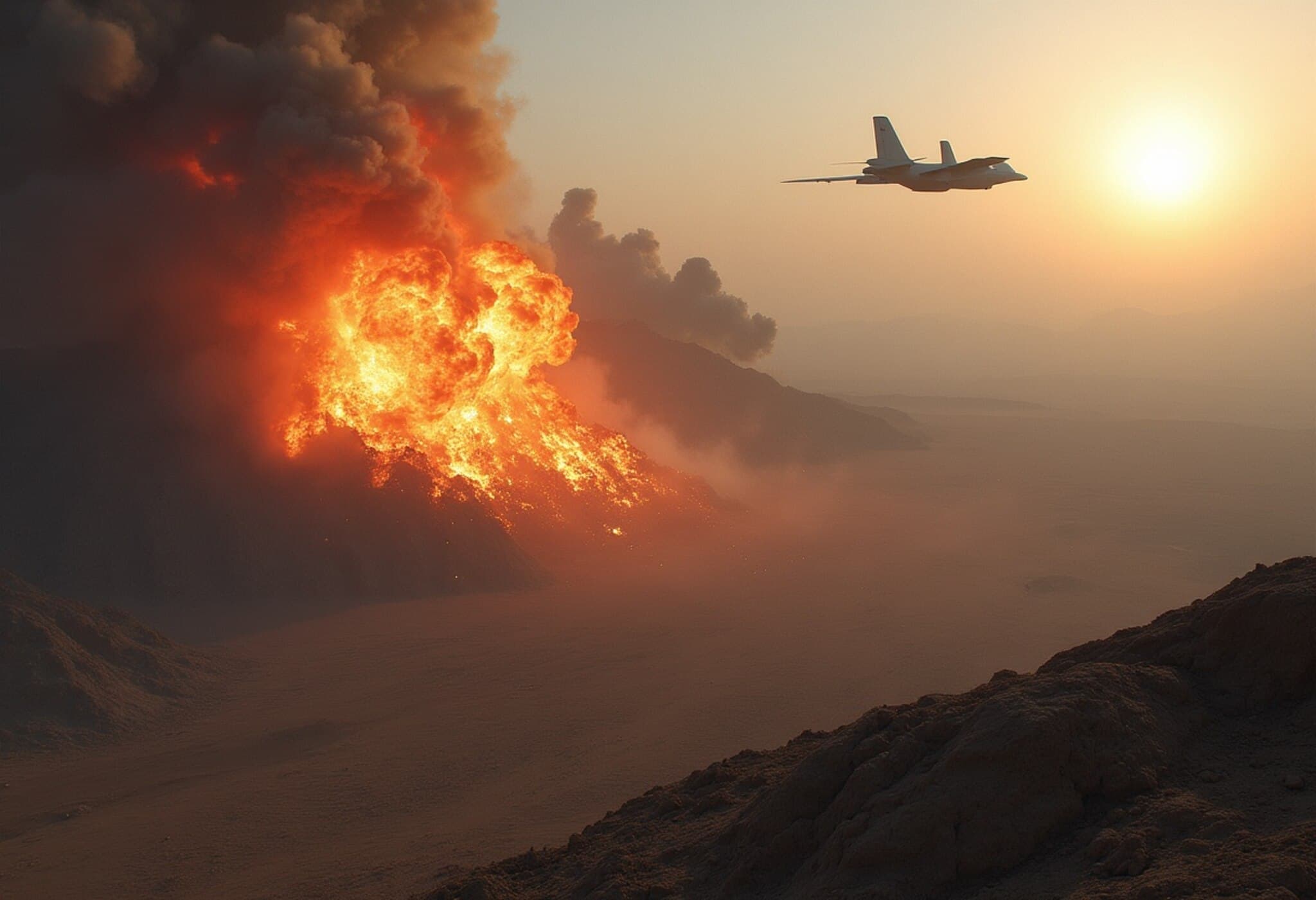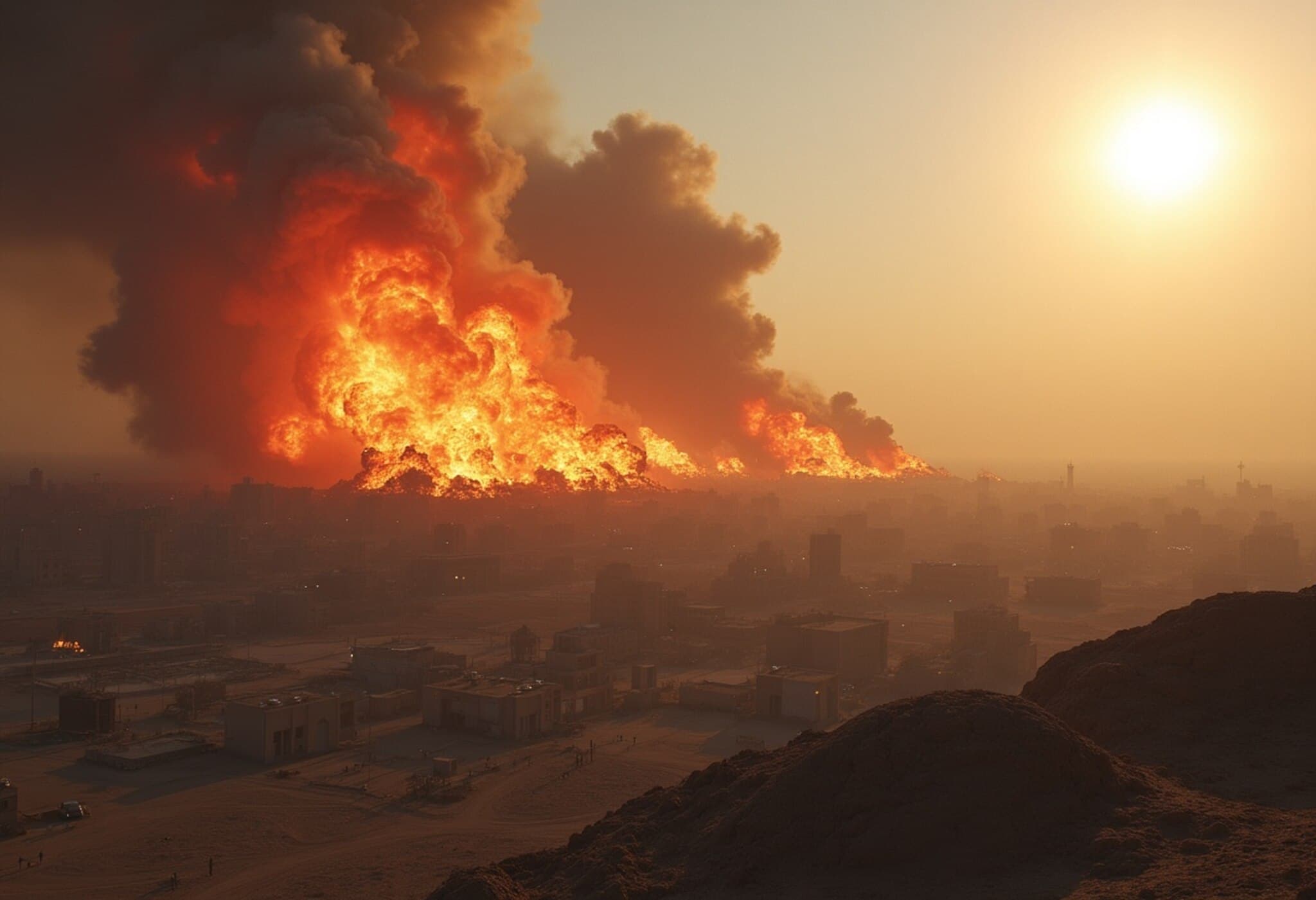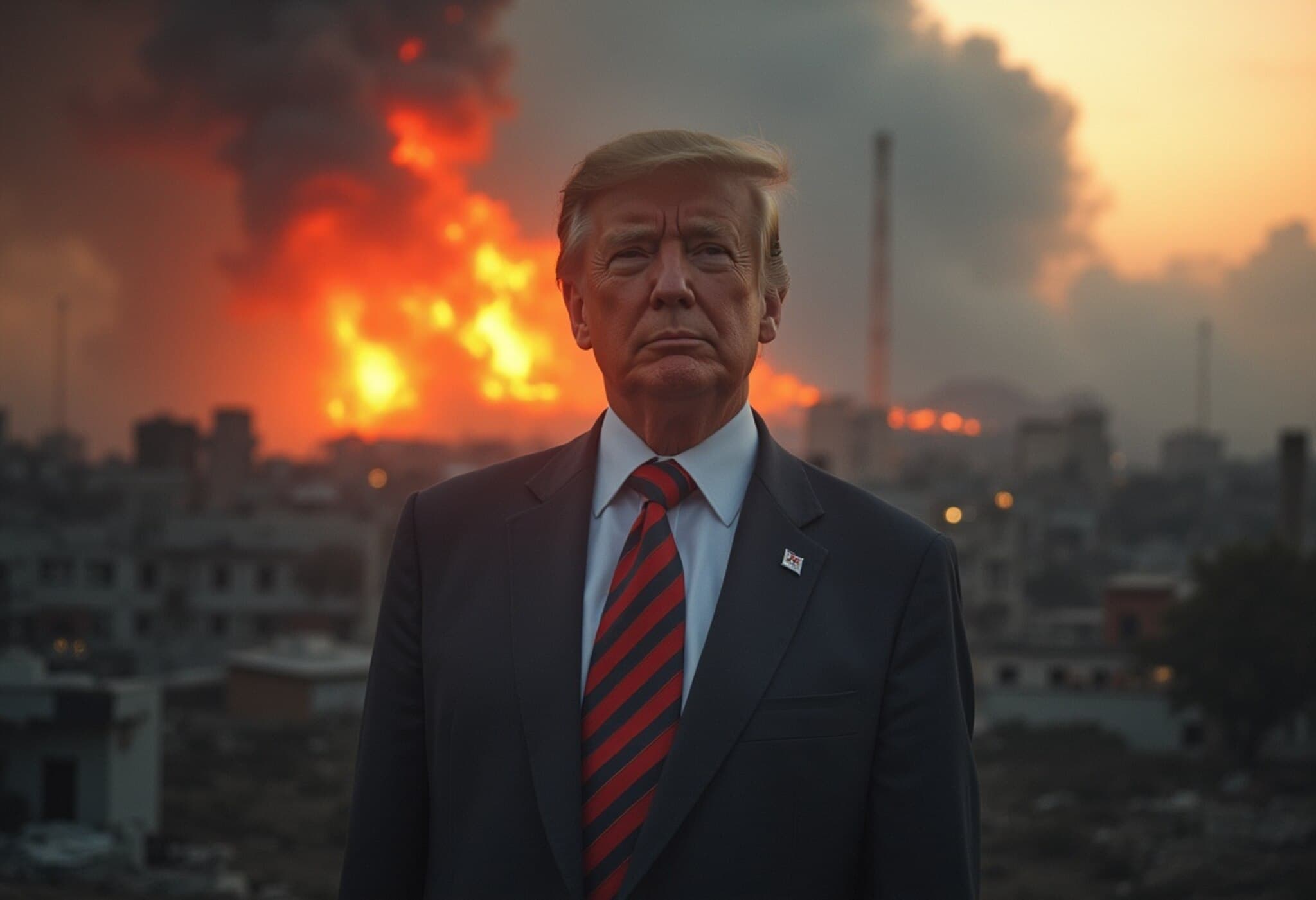US and Israeli Strikes Spark Concerns Over Toxic Fallout in Iran
Recent aerial attacks by US and Israeli forces on Iran’s nuclear facilities have escalated fears about potential chemical and nuclear contamination in the region. While international monitoring agencies have yet to report increased radiation levels, experts warn that the strikes could release hazardous substances with significant environmental impacts.
Targeted Sites and Their Contents
The military operations focused on Iran’s key uranium enrichment centers, including:
- Fordow: A heavily fortified underground uranium enrichment site.
- Natanz: Contains centrifuge halls and uranium production facilities.
- Isfahan: Houses the Uranium Conversion Facility, critical to Iran’s nuclear program.
In addition, previous attacks targeted facilities under construction at Arak and centrifuge plants in Tehran and Karaj.
Chemical Risks Over Radiological Threats
Despite the dramatic nature of the strikes, experts emphasize that the immediate danger is chemical rather than radiological. Many of these enrichment sites store uranium hexafluoride (UF6), a toxic compound required for uranium processing but not highly radioactive in itself.
When UF6 comes into contact with moisture, it forms corrosive and harmful substances capable of causing severe health hazards. The extent to which these chemicals disperse depends heavily on weather conditions and the specific characteristics of the strike sites.
Are Underground Facilities Safer Targets?
Ironically, hitting deeply buried sites might contain the spread of toxins. The thick layers of concrete and earth above sites like Fordow can trap hazardous materials, limiting atmospheric dispersal. Experts note that while the substances remain dangerous, their ability to travel far distances from such protected locations is significantly curtailed.
The Greatest Threat: Bushehr Nuclear Power Plant
The gravest concern lies with the Bushehr nuclear power plant on Iran’s Persian Gulf coast, which operates an active reactor. Although Israeli forces initially claimed to have struck Bushehr, this was later retracted. A successful strike here could release significant radioactive material, potentially causing a disaster comparable in scale to Chernobyl.
This scenario raises alarms beyond Iran’s borders due to the regional dependence on Gulf waters for drinking and agriculture.
Regional Implications: Water Security in Jeopardy
The Gulf Cooperation Council (GCC) states are particularly vulnerable. Countries such as Qatar, Bahrain, and the UAE rely almost entirely on seawater desalination for their freshwater needs, while Saudi Arabia sources around half its water through this method.
- Contamination near desalination plants could instantly disrupt water supplies to millions.
- The interconnected nature of infrastructure means an environmental disaster could cascade across borders.
Experts warn that even localized chemical or radioactive contamination could cripple critical water infrastructure, triggering a humanitarian crisis in the arid region.
Conclusion
While the immediate radiological threat from recent strikes is currently limited, the chemical hazards and the looming danger posed by potential attacks on active reactors remain severe concerns. Ongoing vigilance and international monitoring are essential to mitigate further risks and prevent an environmental catastrophe with far-reaching consequences.

